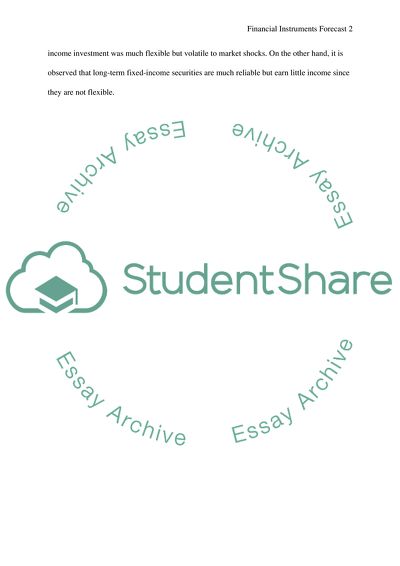Cite this document
(“Forecasting key financial variables in Shariah Based Financial Research Paper”, n.d.)
Forecasting key financial variables in Shariah Based Financial Research Paper. Retrieved from https://studentshare.org/finance-accounting/1691351-forecasting-key-financial-variables-in-shariah-based-financial-instruments
Forecasting key financial variables in Shariah Based Financial Research Paper. Retrieved from https://studentshare.org/finance-accounting/1691351-forecasting-key-financial-variables-in-shariah-based-financial-instruments
(Forecasting Key Financial Variables in Shariah Based Financial Research Paper)
Forecasting Key Financial Variables in Shariah Based Financial Research Paper. https://studentshare.org/finance-accounting/1691351-forecasting-key-financial-variables-in-shariah-based-financial-instruments.
Forecasting Key Financial Variables in Shariah Based Financial Research Paper. https://studentshare.org/finance-accounting/1691351-forecasting-key-financial-variables-in-shariah-based-financial-instruments.
“Forecasting Key Financial Variables in Shariah Based Financial Research Paper”, n.d. https://studentshare.org/finance-accounting/1691351-forecasting-key-financial-variables-in-shariah-based-financial-instruments.


